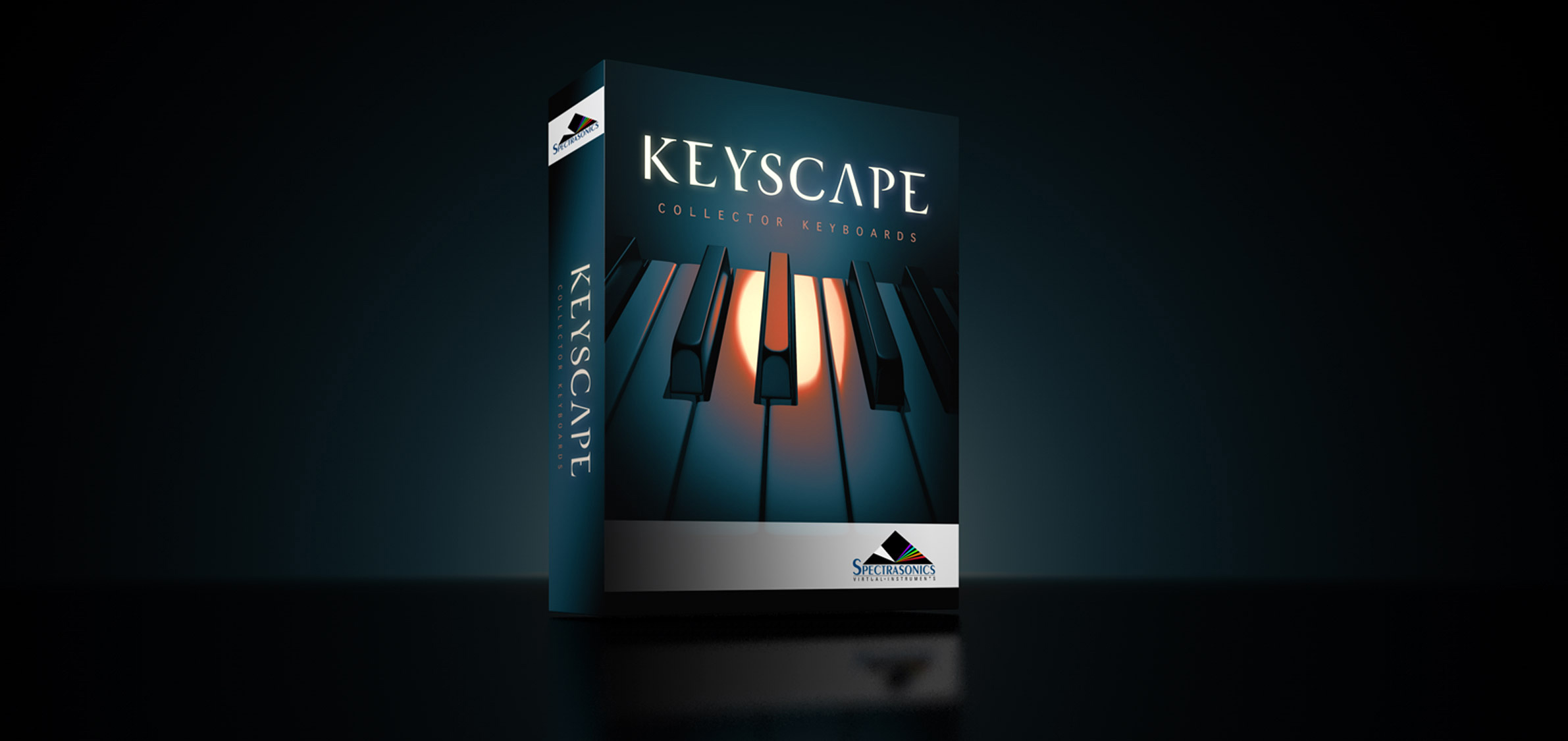
The iconic sound of the Wurlitzer® Electric Piano has ruled the airwaves for over half a century. The “Wurli" was made from 1954 to the early 1980s. Designed for gigging musicians, the 200A was released in 1974 and had an updated amp and speaker design over its predecessor, the model 200. The tone came from metal reeds – small blades that were struck by the hammers of a real piano action. The reeds are tuned by adding drops of solder to the tip and filing it off until the pitch is right. Internal pickups route the sound to a self-contained amplifier and speaker. In Keyscape, we present the direct out and the internal speaker, as well as the mic'ed mechanical sound of the keys, which adds to the feeling of sitting in front of the real instrument.
The iconic sound of the Wurlitzer® Electric Piano has ruled the airwaves for over half a century. The “Wurli" was made from 1954 to the early 1980s. Designed for gigging musicians, the 200A was released in 1974 and had an updated amp and speaker design over its predecessor, the model 200. In Keyscape, we present the direct out and the internal speaker, as well as the mic'ed mechanical sound of the keys, which adds to the feeling of sitting in front of the real instrument.
Resources: Keyscape Reference Guide
All musical instrument manufacturer and product names used in Keyscape are trademarks of their respective owners, which are in no way associated or affiliated with Spectrasonics. The trademarks of other manufacturers are used solely to identify the products of those manufacturers whose tones and sounds were studied during Spectrasonics sound development. All names of musical artists and instrument inventors have been included for illustrative and educational purposes only and do not suggest any affiliation or endorsement of Keyscape by any artist or instrument inventor.